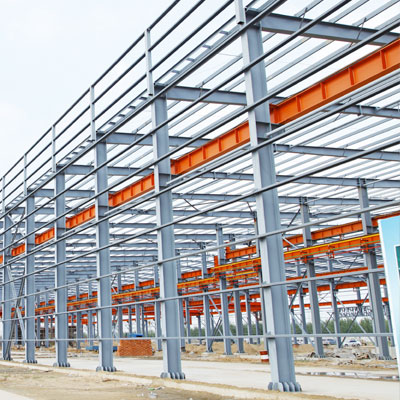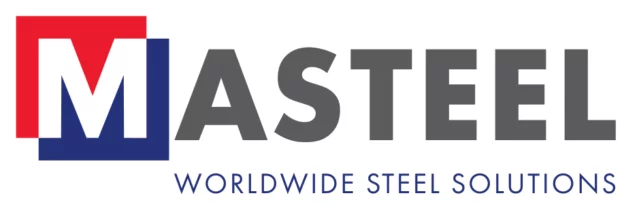The steel manufacturing industry has a significant place in our global economy. It is essential for construction, infrastructure, machinery and a vast range of other applications, as well as being critical for sustainability in today’s society. There are several processes involved in steel production, including engineering steel channels. Steel channels are used in various applications in the manufacturing industry, including braces, frames, joints and other support components. They are commonly produced in two variations: UPN and UPE channels. Throughout this blog post, we look at the differences between these two channels and which is most suitable for your application.

What are UPN Channels?
UPN channels are the European standard U-shaped channels (or U-sections) with tapered flanges. They are made out of hot-rolled steel, typically scraps, and can easily be recycled after use to promote sustainability. The UPN channels in European countries are standardised under the European standard EN 10025.
UPN channels are narrow components typically used in applications with limited space. However, they have a high load-bearing capacity, are lightweight and easy to install, which makes them suitable for construction. Typical applications of UPN channels include braces, joints and studs in machinery manufacturing and braces and frames in buildings, railings and vehicles.
What are UPE Channels?
UPE steel channels have parallel flanges, providing several additional benefits to UPN channels. Not only are they thinner than UPN channels, but the flanges are wider and have a deeper profile. These characteristics offer considerable weight savings while remaining highly durable.
Common applications of UPE channels include construction, machinery components, window frames and some open-air applications in the engineering and manufacturing sectors.
Differences between UPN and UPE Channels
Although UPN and UPE channels are both structural steel profiles and used for many similar applications, they have specific characteristics that make them more suitable for certain components.
Load-bearing Capacity
UPN channels have a mid-range load-bearing capacity and are mainly used in applications such as light to medium-duty structures. They provide reasonable strength for many construction and engineering components but are unsuitable for heavy-duty applications.
UPE channels must be used for applications that require high structural strength. They can support greater loads because of the flange design and thickness.
Shape
The key difference in shape between the two channels is that UPN have tapered flangers, of which the width decreases towards the edges, whereas UPE channels have parallel flanges with a constant width. Additionally, UPE channels have a deeper profile and thicker flanges.
Weight
UPN channels are lighter than UPE channels because they have thinner, tapered flanges, which result in lower overall weight. UPE channels are heavier, as the flanges are thicker.
Choosing between UPN and UPE Channels
When it comes to choosing between UPN and UPE channels, there are a few key factors to consider. You must consider the availability, cost and ease of installation, although your location and your chosen supplier may influence these factors. Regarding the most suitable channel, let’s take a look.
UPN channels are most suitable for applications with limited space and mid-range load-bearing requirements. Because UPN channels are narrow, they can easily fit into tight spots without compromising strength. They are commonly used when cost-effectiveness and reduced weight are essential, such as structural beams and supports.
On the other hand, UPE channels are most effective in applications that need a higher load-bearing capacity and structural strength. They are typically used for industrial buildings and heavy-duty structures, as their parallel flange design help support heavier loads.
Where Can I Buy UPN Channels?
UPN channels are suitable for various construction projects and are available from Masteel. We are a UK steel supplier with customers worldwide, focusing on providing premium quality steel that meets our client’s needs.
We offer UPN channels (U-sections) in grades EN 10025 S235 and EN 10025 S355, both of which meet continental specifications. These channels are high-yield and suitable for cold working conditions, and we offer testing solutions at -20°C, -30°C or -50°C.
Contact Masteel for a quote or to learn more about the applications of UPN channels.
